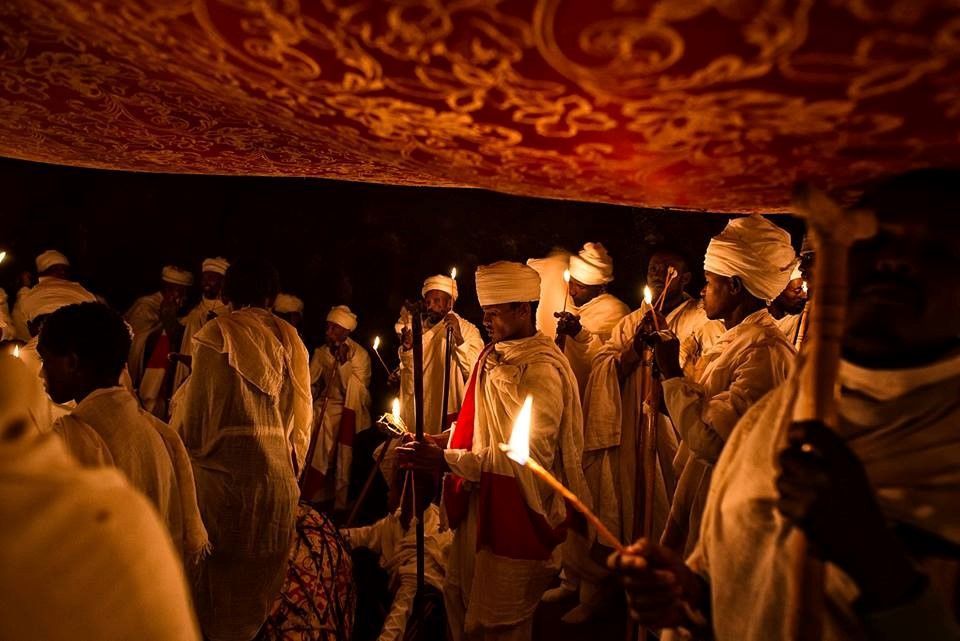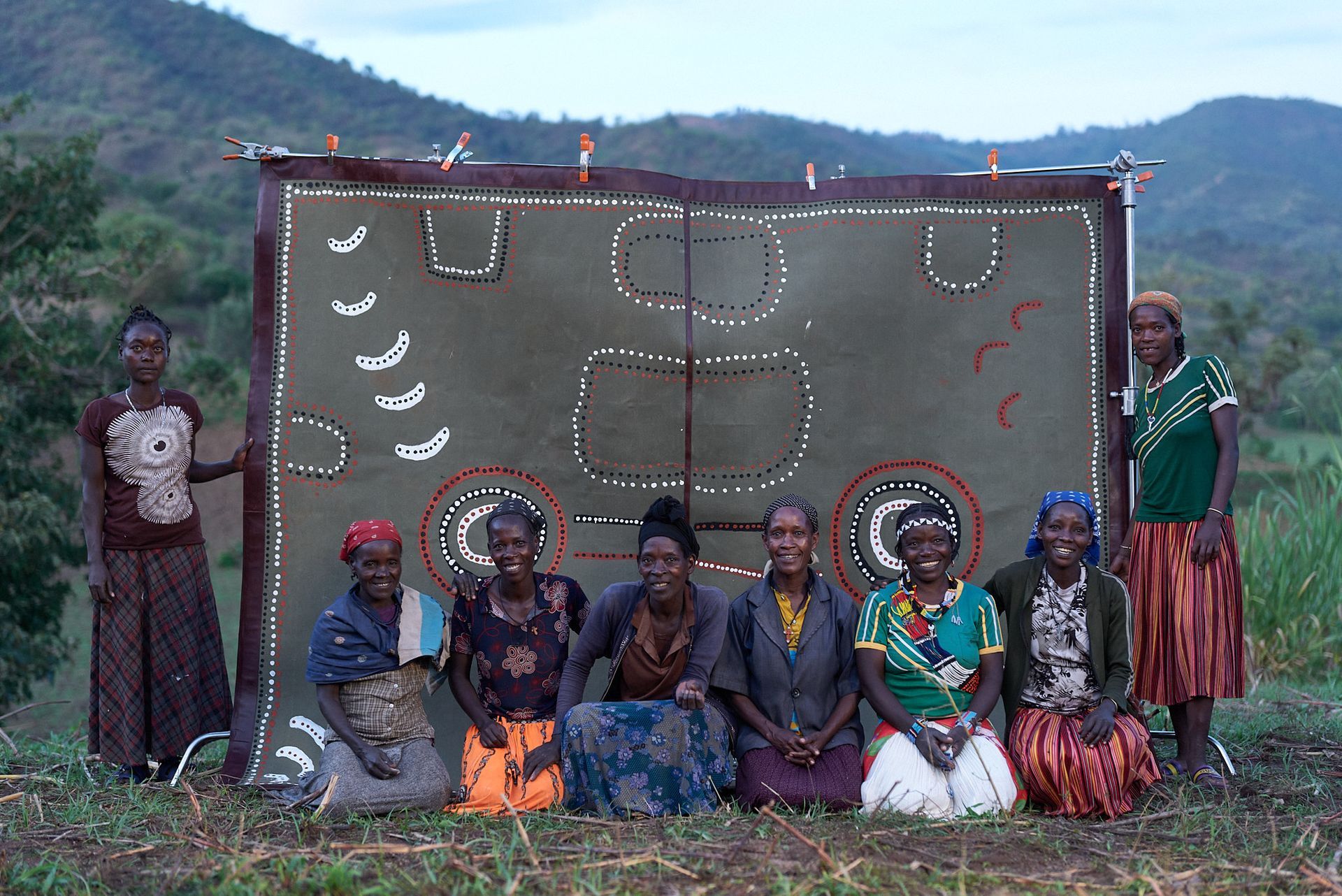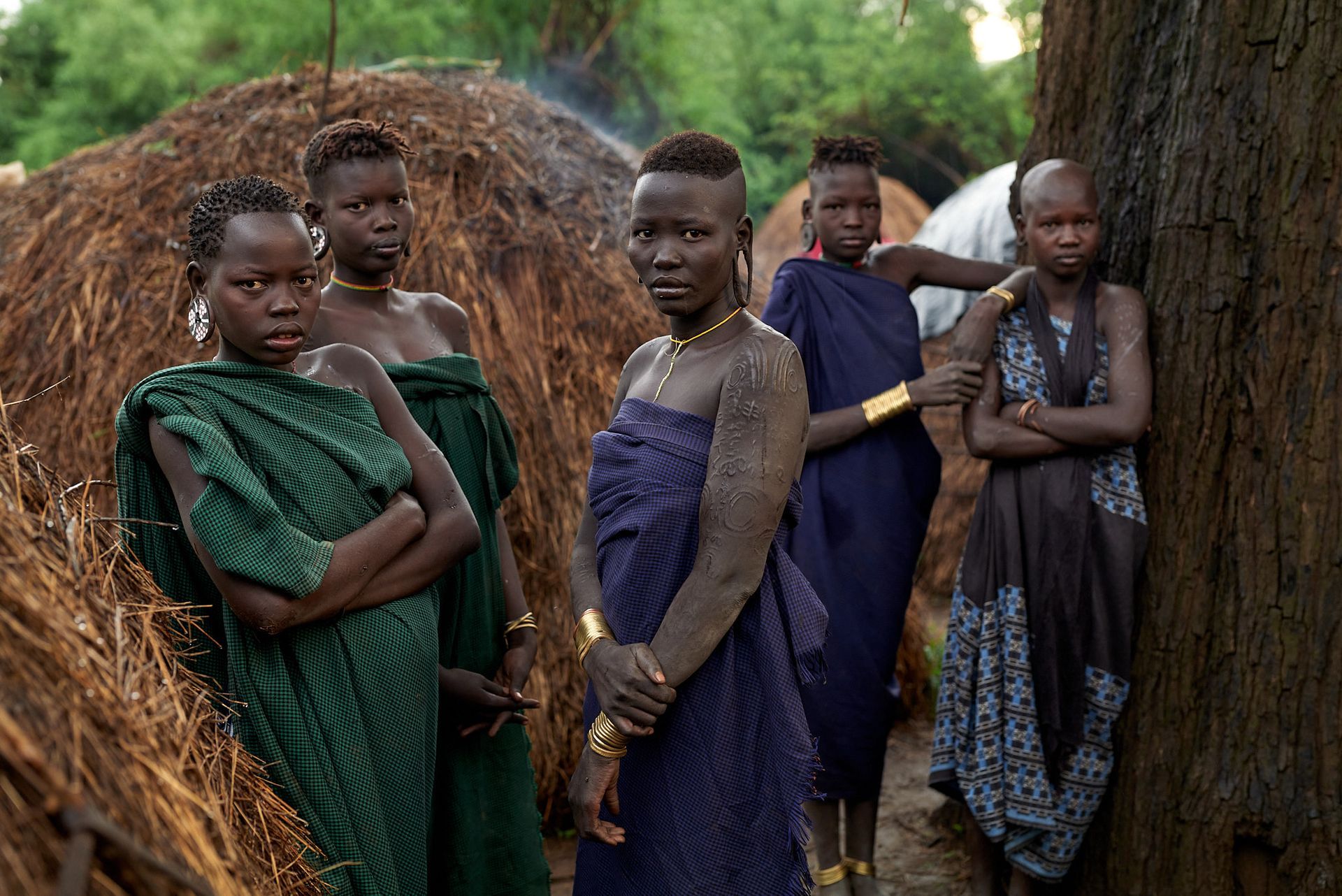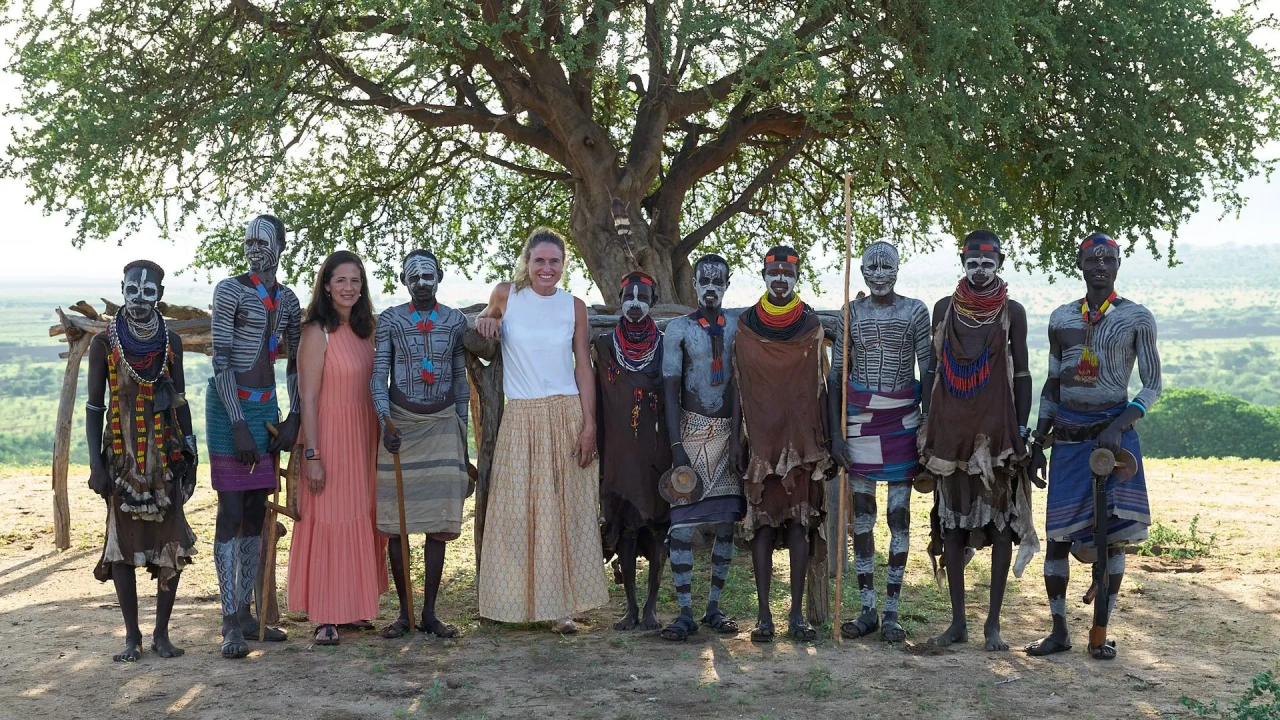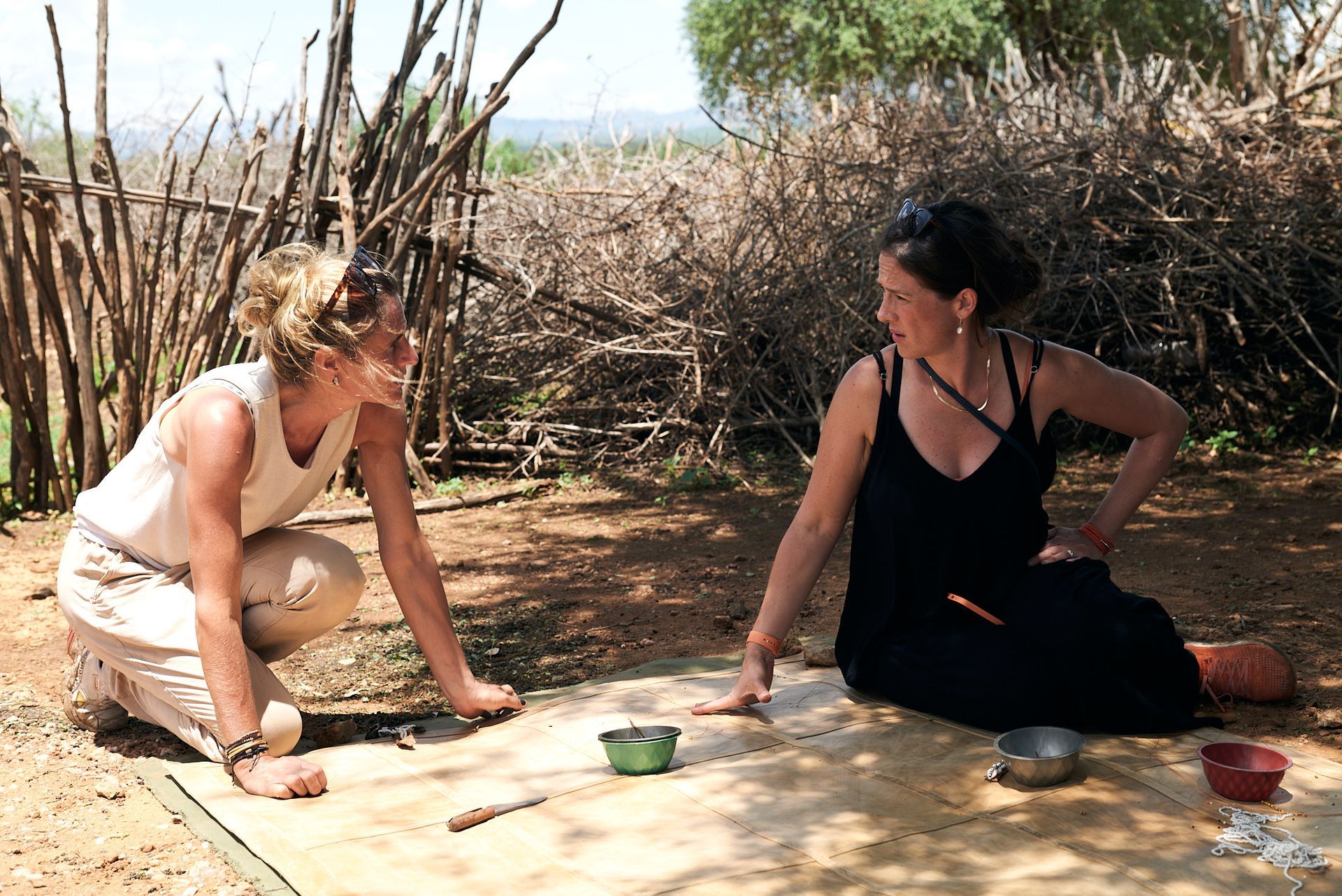How the Tribes of Omo Valley Have Adapted to Modernization
This is a subtitle for your new post
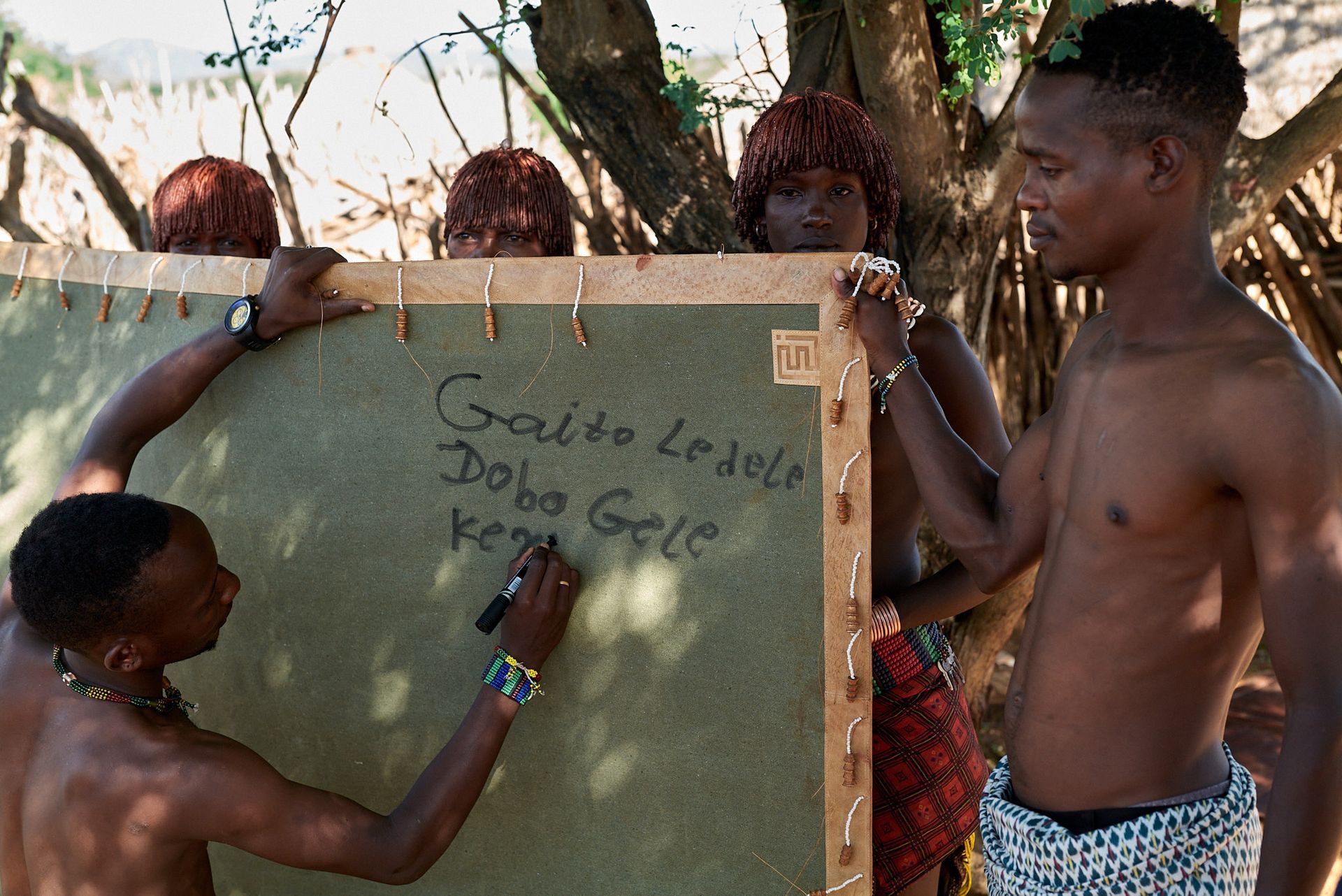
How the Tribes of Omo Valley Have Adapted to Modernization
The Omo Valley, a stunning and culturally rich region in southern Ethiopia, is home to numerous indigenous tribes with distinct traditions, languages, and lifestyles. Over centuries, these communities have thrived by living in harmony with nature. Today, as modernization seeps into even the most remote corners of the globe, the tribes of the Omo Valley are finding ways to adapt while striving to preserve their heritage. This blog explores how these tribes are navigating the challenges and opportunities brought by modernization, with a focus on their resilience and evolving lifestyles.
Bridging Tradition and Modernity in the Omo Valley
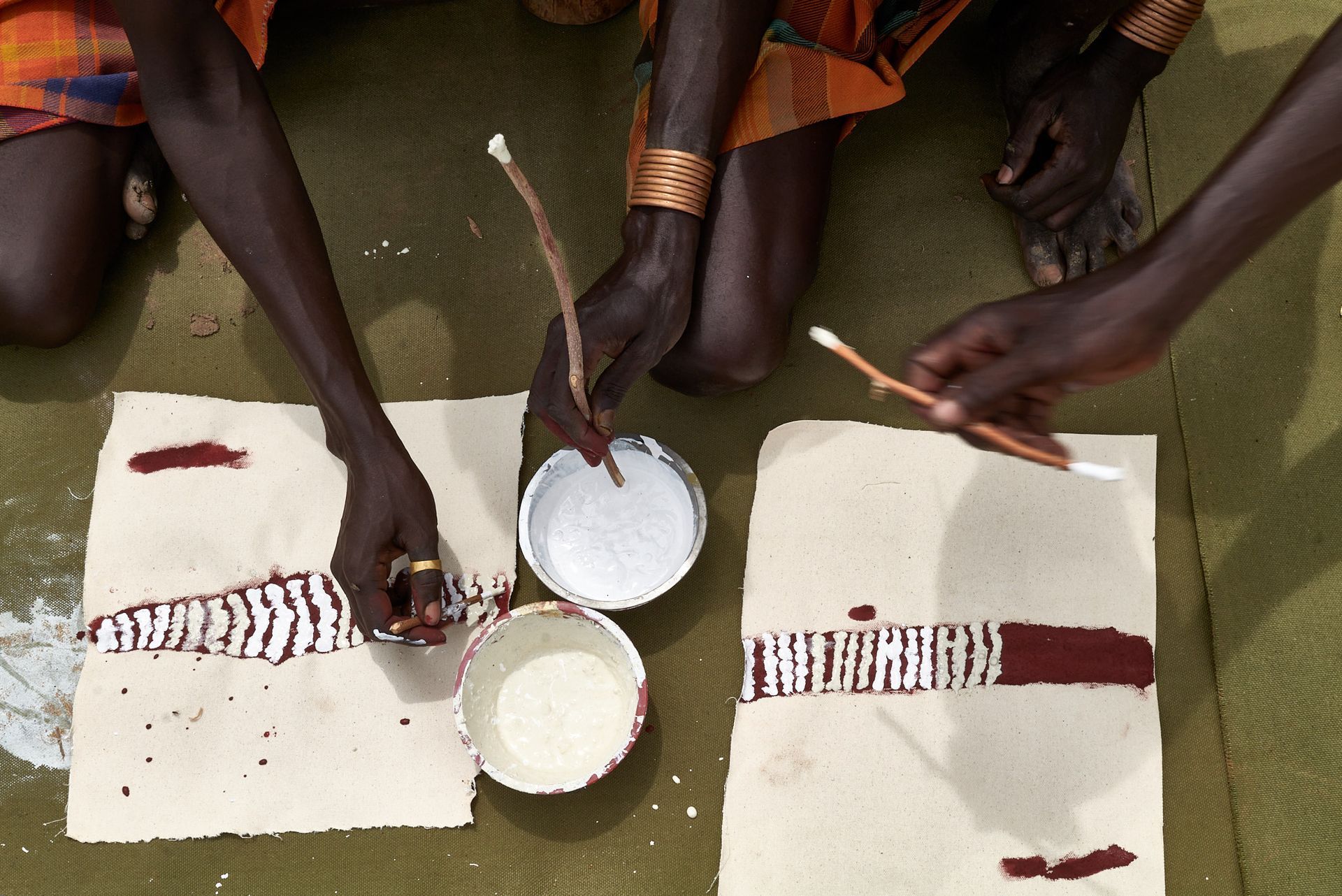
Education as a Gateway to Progress
One of the most significant shifts in the Omo Valley is the introduction of formal education. The Ethiopian government has expanded access to schools, even in remote areas, through mobile education programs. For tribes like the Hamer and Karo, education offers a pathway to understanding modern tools and practices while equipping the younger generation with the skills to participate in a rapidly evolving world.
Evolving Livelihoods
Historically, many Omo Valley tribes relied on pastoralism or small-scale agriculture. However, climate change, pestilence, and the construction of hydroelectric dams have disrupted these practices. Adapting to these changes, tribes like the Karo have shifted from cattle herding to crop farming, sustaining themselves through innovative agricultural methods. The Konso, renowned for their terraced farming techniques, have long demonstrated how adaptation ensures survival in less fertile regions.
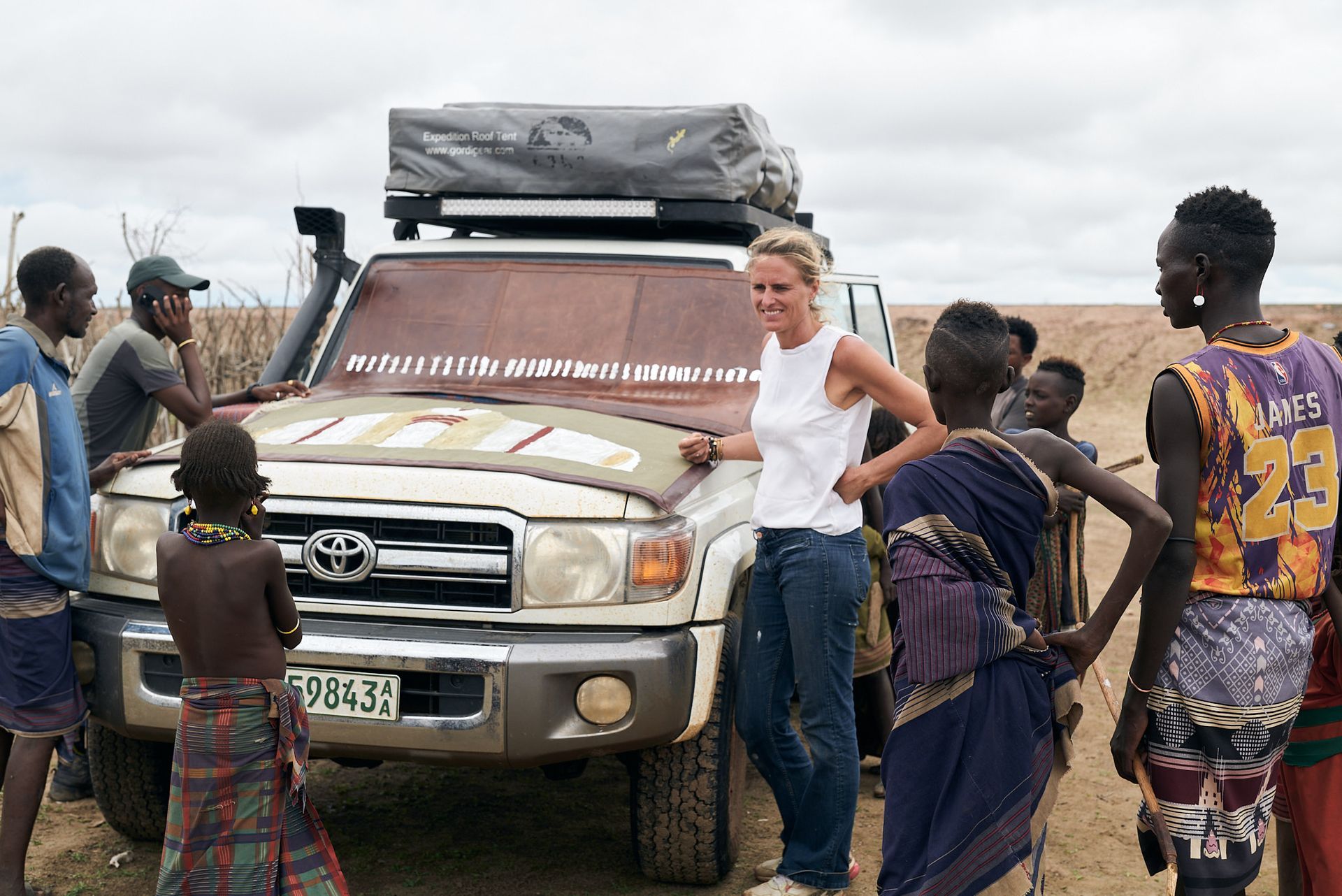
Tourism as an Opportunity for Cultural Preservation
Tourism has provided the tribes with new economic opportunities. For example, the Mursi and Hamer tribes offer visitors a glimpse into their traditions, such as scarification ceremonies and bull-jumping rituals. By sharing their culture, these tribes earn income while showcasing their heritage on their own terms.
To ensure sustainable tourism, organizations and guides collaborate with the tribes, creating authentic experiences that avoid exploitation. This careful approach allows visitors to learn about the Omo Valley’s rich culture while supporting the local economy.
Real Stories of Adaptation in the Omo Valley
Tribal leaders have become key advocates for their communities in this era of change. For instance, Ariyo Dore Zusay of the Karo tribe, now an administrator, works to bring modern education to his people. Similarly, the Hamer and Arbore tribes are embracing selective aspects of modernity, such as using medical advancements alongside traditional healing methods
FAQs
- What is the impact of modernization on the Omo Valley tribes?
Modernization has brought both opportunities and challenges to the Omo Valley tribes. Improved access to education, healthcare, and tourism income has positively impacted their lives, while external pressures such as climate change and land development pose significant risks. - Are the tribes losing their traditions due to modernization?
While some traditions are changing, many tribes are finding ways to integrate modern practices without losing their cultural identity. For example, traditional ceremonies, attire, and rituals are still practiced, often shared with visitors to preserve their significance. - How can tourists support the Omo Valley tribes responsibly?
Tourists can support these communities by choosing ethical tour operators that work closely with local tribes, ensuring that visits are respectful and beneficial to the people and their environment.
Conclusion: A Story of Resilience and Adaptation
The tribes of the Omo Valley stand at a crossroads, where tradition meets transformation. By embracing education, adapting their livelihoods, and participating in tourism, they are charting a path forward that honors their heritage while embracing the opportunities of a modern world. The journey of the Omo Valley tribes serves as a testament to human resilience and the ability to thrive in the face of change.
For travelers, the Omo Valley offers a rare opportunity to witness the delicate balance between past and present—a reminder that progress doesn’t have to mean the loss of identity. As these tribes continue to adapt, they remain an inspiring example of how communities can evolve while staying true to their roots.
